This post includes reading benefits statistics.
Benefits of Reading Statistics to Know in 2023
In this post, let’s discuss the power that reading has in our everyday lives. Many of us are familiar with some of the benefits of reading. But let’s dive deeper into these benefits and examine them closely, exploring how reading impacts so much of our daily lives.
From improving mental health to increasing language skills, reading is both a powerful tool and an essential skill. There are so many benefits of reading books. In this post, we collected important reading statistics and organized them into different categories.
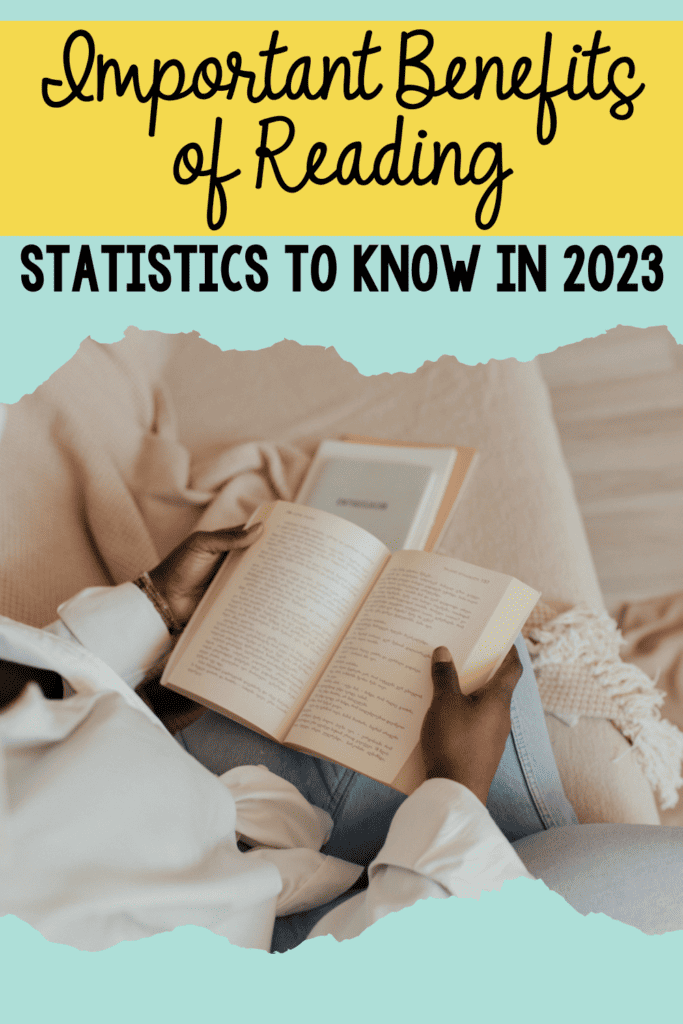
General Reading Statistics
1. 42% of 9-year-old children in 2020 reported reading for fun almost every day. (National Assessment of Education Progress)
2. 17% of 13-year-olds reported reading for fun on their own time almost daily in 2021. (National Assessment of Education Progress)
3. U.S. Adults spend an average of 16.8 minutes reading every day in the United States. (Statista)
4. 41% of children get most of their books from public libraries. (Scholastic)
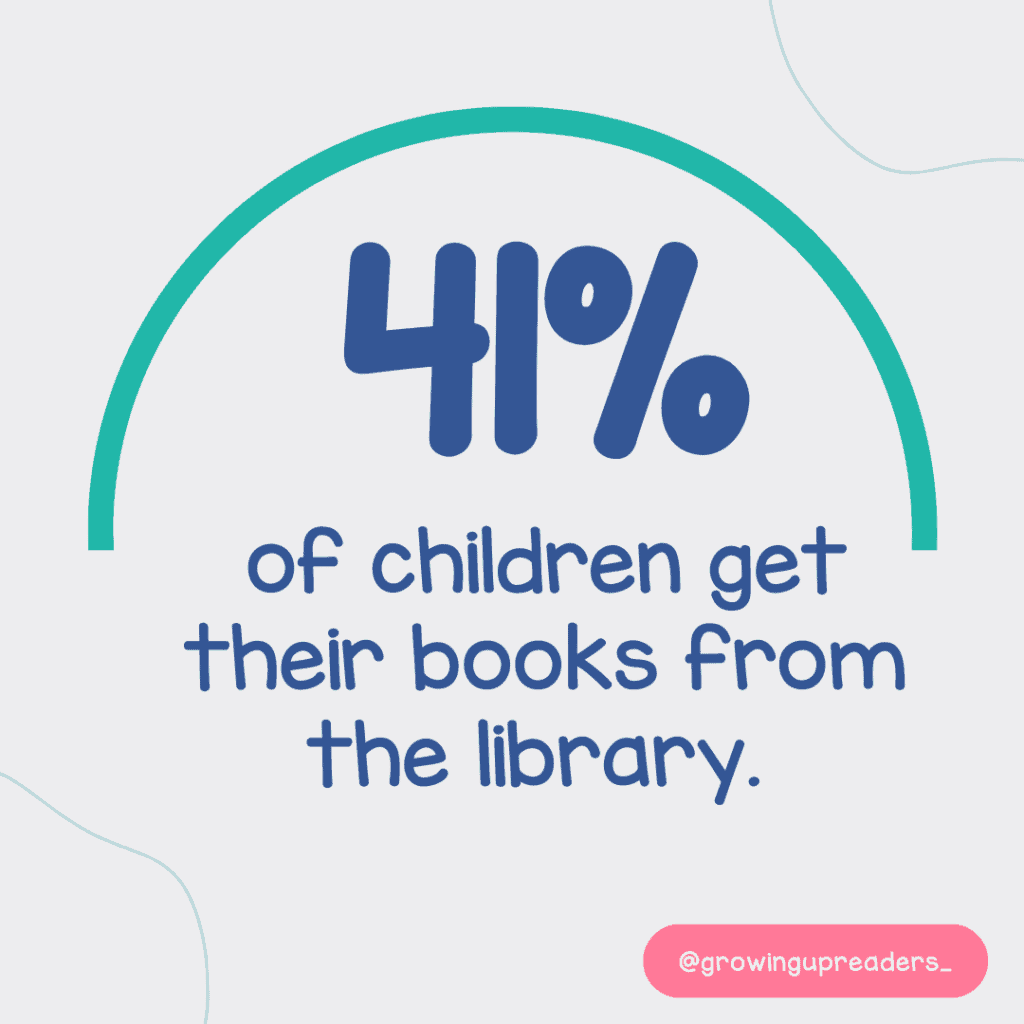
5. 79% of American adults are able to perform functional reading skills. (U.S. Department of Education)
6. 58% of children claim to enjoy reading. (Scholastic)
7. 37% of children in the age group of 0-5 are read to every day. (Scholastic)
8. Over 45% of Americans have listened to an audiobook in 2022. (Words Rated)
9. 65% of US adults have read print books in the last year. (Pew Research)
10. 28% of Americans have said they have read an ebook in the past year. (Pew Research)
11. Reading scores declined in 2022 compared to 2019 for both fourth-grade and eighth-grade students. (National Assessment of Educational Progress)
12. 12 is the average number of books the average reader will read in a year. (IRIS Reading)
13. Nearly 80% of young individuals who play video games also read materials associated with video games monthly. (National Literacy Trust)
14. Printed books remain the most popular format of books – compared to audiobooks and ebooks.
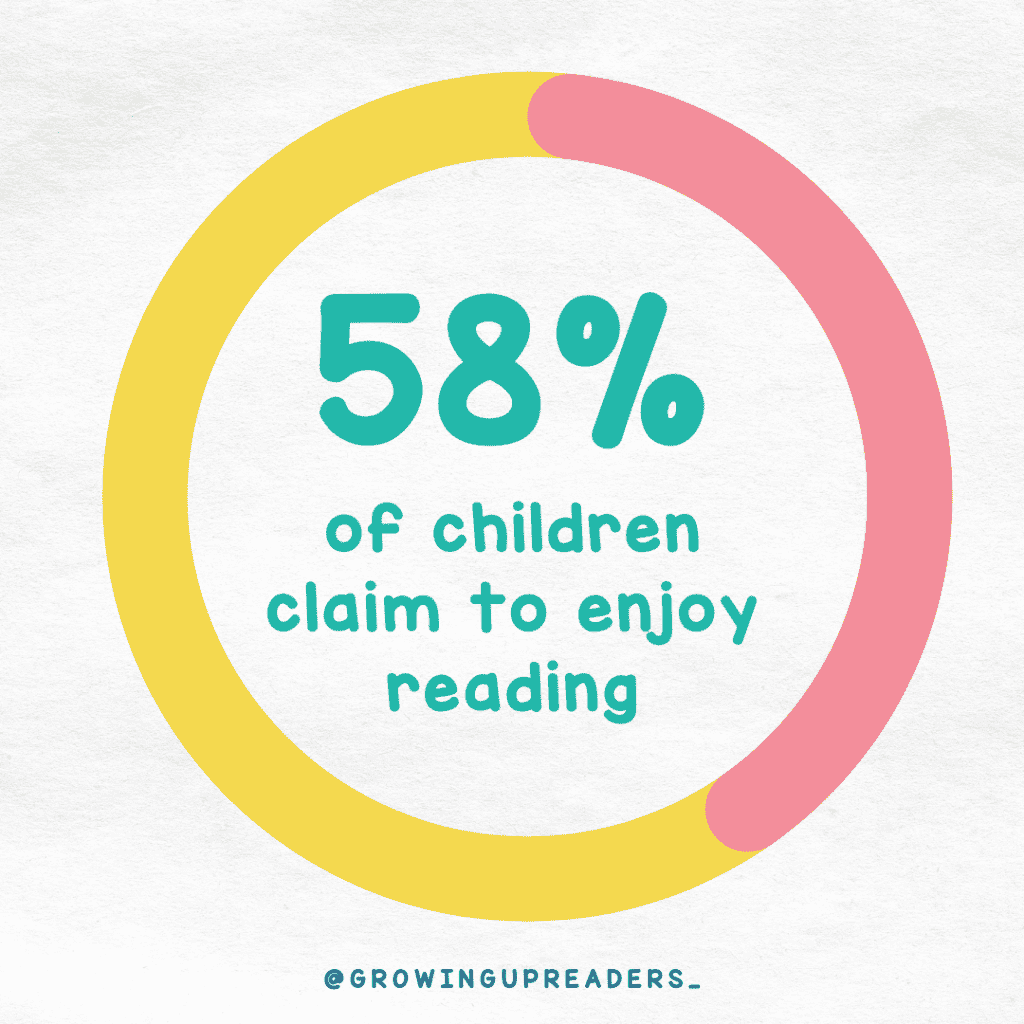
Reading Benefits on Academic Performance Statistics
1. Young readers who read for pleasure have higher levels of academic achievement in various subjects, including math, vocabulary, and spelling. (National Literacy Trust)
2. Reading can improve fluid intelligence, which is your ability to solve problems and think critically. (Iris Reading)
3. Students who read for fun every day have higher reading scores on reading comprehension tests compared to those who rarely or never read for fun. (American Library Association)

4. Reading for fun is a strong predictor of academic achievement in different subjects, including math and science. (Journal of Educational Psychology)
5. Young children who have access to a wide range of reading materials at home are more likely to perform better in reading assessments. (National Literacy Trust)
6. Children who visit the library regularly and have library resources available at school tend to have higher academic achievement in various subjects. (American Library Association)
7. Reading during the summer months can lead to improved academic performance when children return back to school. (National Bureau of Economic Research)
8. Students who read for fun score, on average, 10-15% higher on standardized tests. (National Endowment for the Arts)
9. When children read more, they build their background knowledge. In turn, this leads to increased reading comprehension. (Serravallo, 2012).
10. Teenagers who read understand 26% more words than peers who rarely read. (Center for Longitudinal Studies)
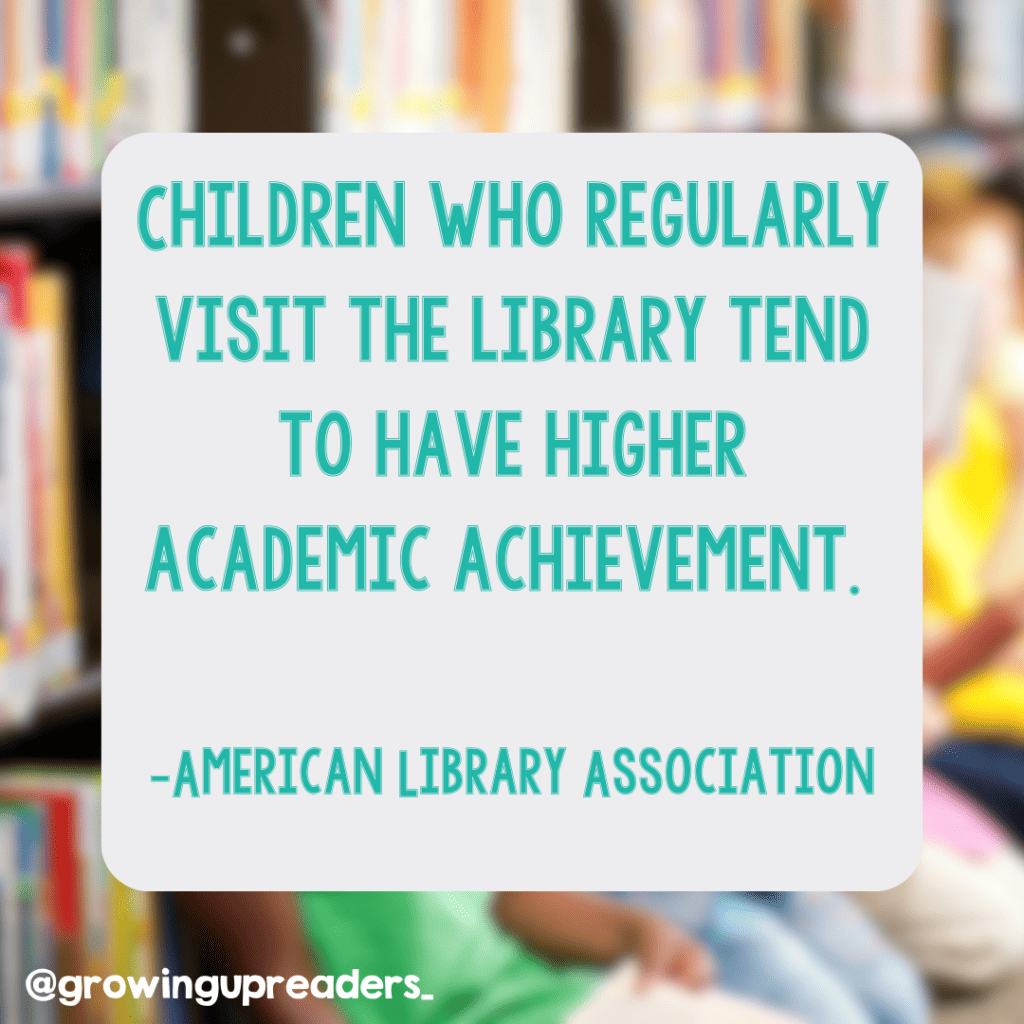
Reading Benefits on Language Development Statistics
1. Language skills and early literacy skills are developed when parents start reading to their children from an early age (infancy). (American Academy of Pediatrics)
2. Children who are read to frequently as children tend to have larger vocabularies and stronger language skills. (Journal of Developmental and Behavioral Pediatrics)
3. When adults read to children, there is a positive effect on various language skills, including vocabulary, grammar, and phonological awareness. (National Early Literacy Panel)
4. Children who are exposed to a print-rich environment and have regular access to books at home tend to have more advanced language skills. (National Institute for Literacy)
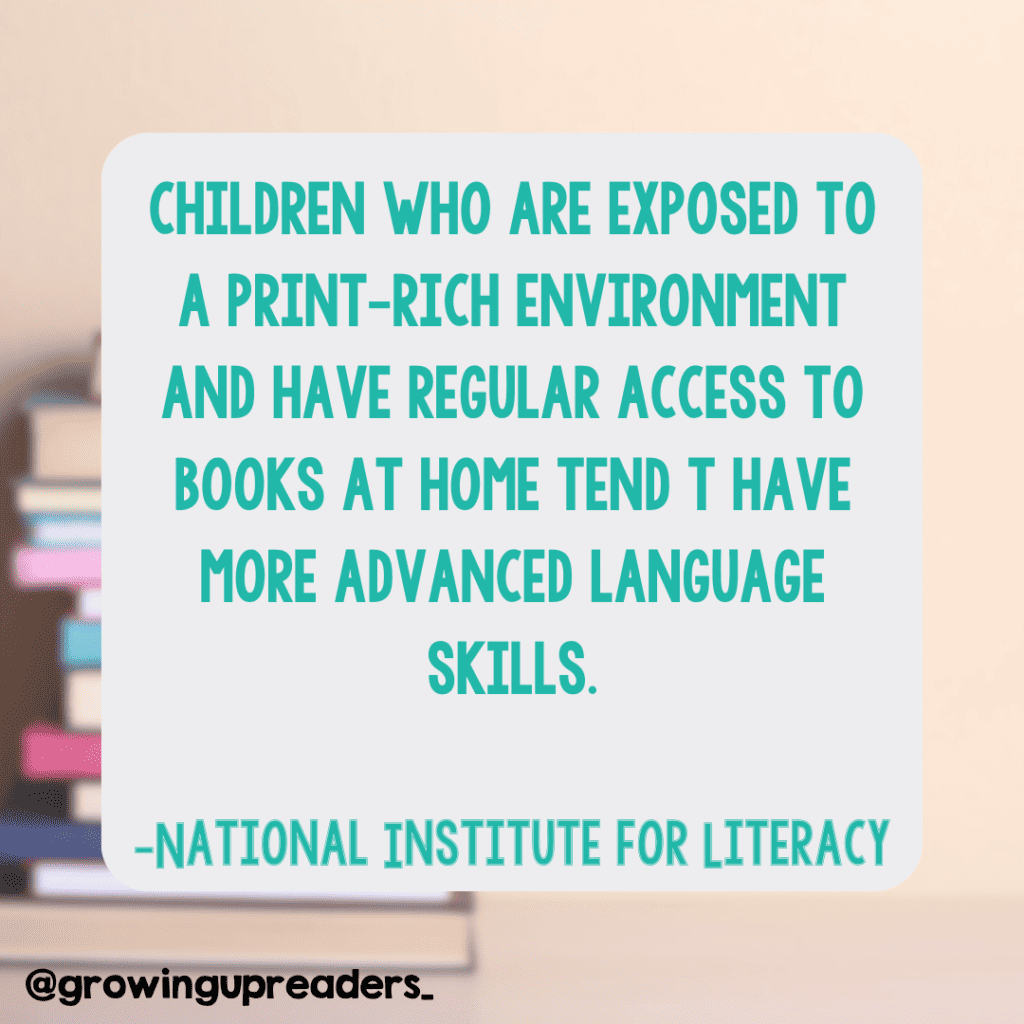
5. Reading to preschool-aged children has a significant impact on their expressive language development. (Journal of Speech, Language, and Hearing Research)
6. Reading aloud to children helps them develop language processing skills, including comprehension and understanding of complex sentence structures. (American Speech-Language-Hearing Association)
7. Reading regularly to a child exposes them to an average of 1.4 million more words by the time they enter kindergarten. These new words boost their language skills and help develop a young child’s brain.
Reading Benefits on Mental Health Statistics
1. Children who were engaged in regular reading were more likely to exhibit feelings of pride and excitement. (Scholastic)
2. Children who read more are less likely to feel lonely and depressed. (Scholastic)
3. Children who read for fun have higher levels of self-esteem. They are also more likely to engage in positive social behaviors. (National Endowment for the Arts)
4. Reading can reduce stress levels by providing an escape and a sense of relaxation. (American Psychological Association)
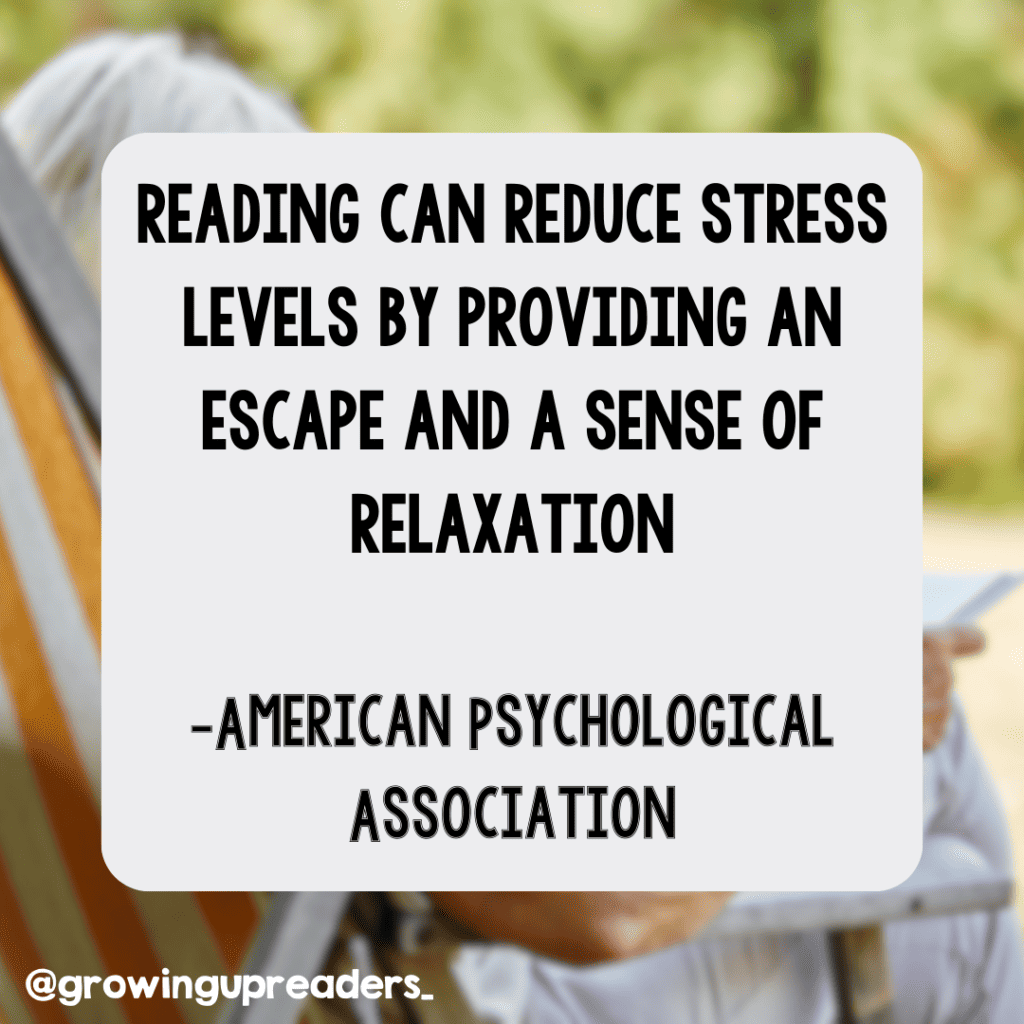
5. Reading for just six minutes can reduce stress levels by up to 68%. (Journal of Clinical Psychology)
6. Reading literary fiction can enhance empathy and improve a person’s ability to understand and relate to others. (Emory University)
7. Reading can be one of the most effective ways to reduce stress levels. (University of Sussex)
Reading Benefits on Health and Wellbeing Statistics
1. People who read books for at least 30 minutes per day lived two years longer (on average) than non-readers. (Yale University School of Public Health)
2. Reading can help reduce the risk of developing Alzheimer’s disease and other forms of dementia and cognitive decline by 50%. (Journal of Neurology)
3. People who read have reported higher levels of life satisfaction and overall well-being. (Organization for Economic Cooperation and Development)
4. People who read for fun have lower rates of depression and anxiety. (National Endowment for the Arts)
5. Regularly reading books can help insomnia symptoms and improve sleep quality. (University of Liverpool)
6. Regularly reading books is associated with a longer lifespan. (Yale University)
7. The average person who reads is more likely to be active in their community. (Pew Research Center)
8. Studies show that reading to children can improve cognitive skills. (Encyclopedia of Children’s Health)
9. Reading is a source of relaxation. Studies show that it can lower your heart rate.
10. Young people who read have greater emotional intelligence than nonreaders. (Scientific American)
The importance of reading for both children and adults can’t be emphasized enough. To reap these benefits of reading, pick up some great books (or audiobooks) from your local library. Keep in mind you are never too old to start reading. You’re also never too old to start reading aloud to your child!
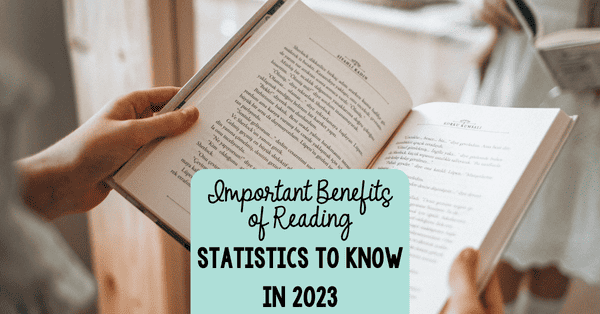







One Comment
Comments are closed.